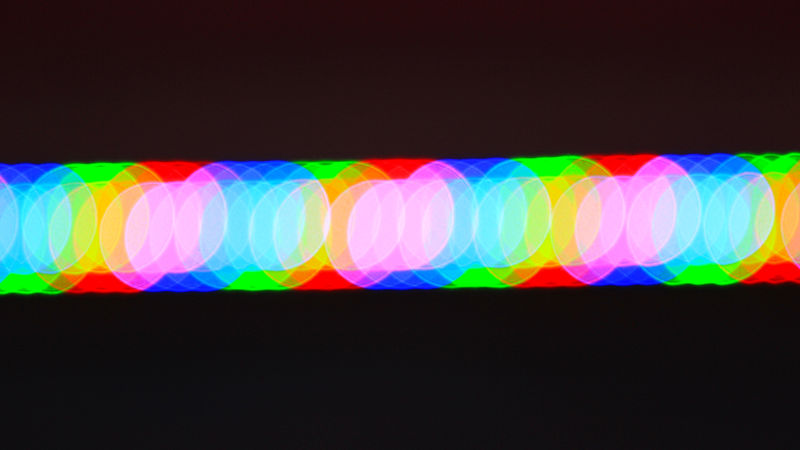Incandescent bulbs, LEDs, and the way towards a brighter future
Ever since the lockdown started all those months ago, more and more people have been taking walks to pass the time. My family and I sure have. After all, why wouldn’t you? Dublin has many hiking trails and numerous parks scattered all over the city. Walking through Ted Fairfield during the night, however, I’ve noticed something. Streetlights around the park are very bright and give off a clean, white light. In the park itself, the lights are dirtier and dimmer, with a yellow-orange glow.
The reason why this happens is because of something not many people pay attention to – the use of different kinds of lightbulbs. There are two main kinds of bulbs: LEDs and incandescent bulbs. Incandescent bulbs are older, dimmer, and give off a characteristic orange-yellow light. These are likely the ones I saw at Ted Fairfield were. LEDs, on the other hand, are more modern and much brighter. They can also change color on command.
I won’t bore you with the details. However, you may also be wondering why the differences between the two lightbulb types even matter. They matter because of one simple thing: electricity usage.
The perfect lightbulb would take a hundred percent of the electricity given to it and convert it all into visible, usable light. In reality, however, this is not the case. All lightbulbs generate heat. The million dollar question is-how much heat will it generate in comparison to the amount of light it generates?
Incandescent bulbs take electricity and convert almost ninety percent of it into heat, and the other ten percent into light. This is great if you want to generate heat, but not so great if you want to generate light. On the other side of the spectrum are LEDs, which are able to convert eighty percent of electricity supplied into light, and only twenty percent into heat. They are extremely energy efficient as a result.
This energy efficiency has many wide-ranging effects, the most prominent of which is total electricity usage. LEDs can produce a thousand lumens, which are the standard unit of lighting, at the cost of twelve watts of electricity. Compare this to incandescents, which need seventy-five watts to produce a thousand lumens. Looking at these numbers, it is easy to see which one is better for your electric bill.
Nonetheless, I do realize that not many high schoolers pay for their own electric bill and that a couple of extra dollars every month will not matter to the average high schooler. What it does matter to, however, is our planet. We use so much electricity, all day, every day in order to power our computers, lights, appliances, and so much more. All this power has to come from somewhere. Coal, gas and oil fired power plants, while on the decline, are still not fully extinct from the energy ecosystem. As such, the more energy we can save, the better.
Thus, the next time you need to replace a lightbulb, want to get a new lamp, or what have you, consider the effect your choice can have on the environment. Recall how much more efficient LEDs are in comparison to incandescent bulbs. Even a single set of lightbulbs can make all the difference in the struggle against global warming.
Your donation will support the student journalists of Dublin High School. Your contribution will allow us to purchase equipment and cover our annual website hosting costs.

Jacob Siauw is a junior at DHS. During his freshman year, he wrote a regular column for the Shield. Before stopping during his junior year, he used...



































